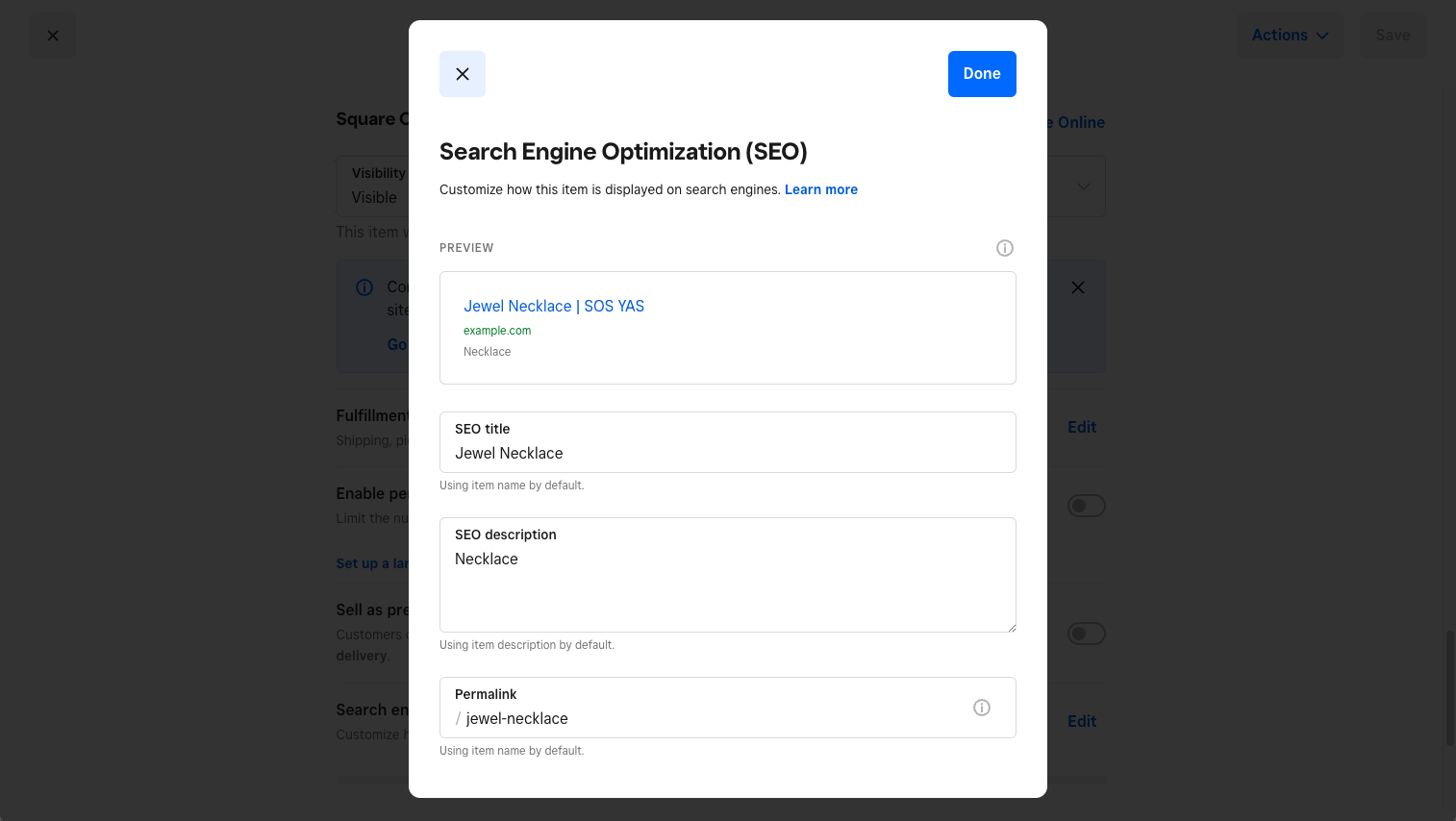Unveiling the Unconventional Mediums in Google Analytics Beyond Default Settings
In the world of electronic analytics, Google Analytics stands as a foundation for companies seeking to understand their on-line visibility. By venturing past the surface and delving right into the ins and outs of social media data, email project efficiency, recommendation traffic resources, straight traffic patterns, and custom-made network collections, a treasure trove of details awaits those willing to welcome a much more nuanced method.

Leveraging Social Media Site Insights
Sometimes forgotten, yet profoundly valuable, is the method of leveraging social media sites understandings within the realm of Google Analytics. By integrating information from platforms like Facebook, Twitter, Instagram, and LinkedIn into Google Analytics, organizations can gain a deeper understanding of their target market and the performance of their social media projects.
Via this integration, marketing professionals can track and analyze customer actions on their site that originates from social media sites systems. They can identify which social media channels are driving the most traffic, which material is reverberating with the target market, and which projects are converting the most leads. This insight enables for data-driven decisions to enhance social media sites approaches and improve overall marketing performance.
Additionally, by integrating social media sites understandings with Google Analytics, organizations can develop extra targeted and individualized projects - what is not considered a default medium in google analytics. They can make use of group details, passions, and on-line actions collected from social media sites to improve their target market segmentation and provide tailored messages that resonate with specific consumer teams. This targeted strategy can cause greater interaction, raised conversions, and eventually, enhanced roi
Discovering Email Campaign Performance
Uncovering Email Campaign Performance entails analyzing crucial metrics and performance indicators to examine the performance of e-mail advertising and marketing initiatives. When diving into e-mail campaign performance, it is crucial to assess metrics such as open prices, click-through prices, conversion rates, and unsubscribe prices. Open rates indicate the portion of recipients that opened up the email, giving understanding into the performance of subject lines and sender names. Click-through prices measure the percent of receivers that clicked on links within the e-mail, showing involvement levels. Conversion prices track the portion of recipients that completed a wanted activity after clicking on a web link in the email, such as signing or making an acquisition up for a newsletter. Unsubscribe prices highlight the number of receivers who decided out of obtaining further e-mails, shedding light on email material quality and importance. By evaluating these metrics, online marketers can tweak their email projects for better involvement and efficiency.
Analyzing Referral Web Traffic Resources
After evaluating the performance of email campaigns with crucial metrics such as open prices and conversion prices, the following crucial step is evaluating recommendation web traffic resources in Google Analytics to recognize where website visitors are coming from and how they communicate with the site. Referral web traffic sources refer to the sites that direct individuals to your site with clickable links. site web By delving into this data, businesses can gain understandings right into which exterior systems are driving website traffic to their website, whether it be social media platforms, companion websites, or online directories.
It aids companies identify high-performing recommendation resources that contribute this link dramatically to site web traffic and conversions. Google Analytics offers in-depth records on referral website traffic, allowing services to track the efficiency of each recommendation source properly and make data-driven choices to enhance their on the internet visibility.
Exploring Direct Web Traffic Patterns
Discovering the straight traffic patterns in Google Analytics supplies useful understandings right into customer behavior and the effectiveness of campaigns - what is not considered a default medium in google analytics. Direct web traffic refers to visitors who arrive on an internet site by straight typing the URL into their browser, using bookmarks, or clicking on untagged web links. Understanding straight website traffic patterns can aid marketing professionals examine the influence of offline advertising and marketing initiatives, brand name acknowledgment, and the efficiency of word-of-mouth recommendations
By delving into straight website traffic information, services can discover vital details concerning individual intent and brand loyalty. Analyzing the actions of straight site visitors, such as the pages they visit, the moment invested in site, and the conversion rate, can provide a much deeper understanding of customer interaction and the overall effectiveness of the internet site in transforming visitors right into consumers.
Additionally, tracking direct website traffic patterns gradually enables services my blog to identify fads, seasonality impacts, and the success of particular projects or promotions in driving direct brows through. This info can then be made use of to fine-tune advertising and marketing methods, enhance website web content, and improve the total individual experience to optimize conversions.
Utilizing Personalized Channel Groupings
Making use of custom-made network collections in Google Analytics permits companies to categorize and examine their site web traffic based on certain criteria, supplying valuable insights for maximizing marketing methods. Custom channel groups enable firms to create their own tailored groupings of web traffic resources, such as social media, organic search, e-mail projects, and referral web traffic. By specifying these groups, businesses can get a much deeper understanding of just how various marketing channels add to their internet site traffic and conversions.
This feature is especially beneficial for organizations with diverse marketing methods throughout numerous systems. As an example, a company running both paid and organic social networks projects can set apart in between both to assess their individual performance accurately. Furthermore, custom-made network collections can assist determine any type of neglected or undervalued web traffic resources that may be driving important interaction.
Conclusion

By venturing past the surface and diving right into the ins and outs of social media information, email project efficiency, referral web traffic resources, direct web traffic patterns, and personalized channel collections, a treasure chest of information awaits those ready to embrace a more nuanced technique. They can recognize which social media channels are driving the most traffic, which material is reverberating with the target market, and which campaigns are converting the most leads.After examining the efficiency of e-mail campaigns with key metrics such as open rates and conversion rates, the next critical step is analyzing recommendation web traffic resources in Google Analytics to recognize where website visitors are coming from and exactly how they engage with the website. Personalized network groups enable companies to create their own customized collections of web traffic sources, such as social media, organic search, email campaigns, and reference website traffic. By leveraging social media understandings, revealing e-mail project efficiency, analyzing referral website traffic resources, discovering straight web traffic patterns, and using custom-made network collections, marketing professionals can get important insights into their online visibility.
Comments on “Comprehensive Overview to What Is Not Considered a Default Medium in Google Analytics”